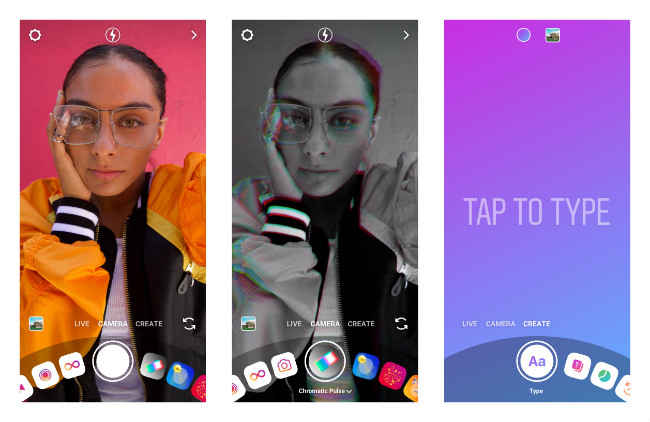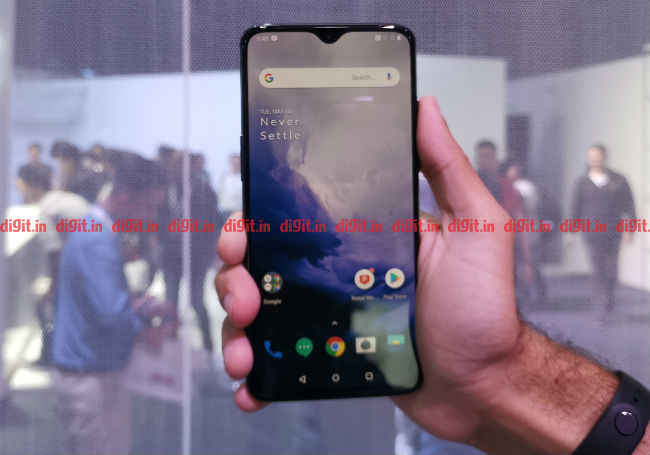Samsung India has announced their 8K QLED line-up of televisions in India. The company has launched four 8K QLED TVs starting at 65-inches and going all the way up to 98-inches. The televisions are not just big on screen and resolution, but also pack a number of new technologies and innovation to enhance the experience of owning one of these. The four sizes that will be available are 65-inches, 75-inches, 82-inches and 98-inches.
The 33 million pixels packed into Samsung’s 8K QLED TVs are four times the number found on 4KUHD televisions and 16 times the number found on full-HD televisions. Samsung says they have been mindful of content source, and hence developed a proprietary upscaling AI algorithm that allows content from Blu-Rays, streaming servies and even set-top-boxes to appear crystal clear, regardless of their original resolution. This is achieved by the new Quantum Processor 8K which is supposed to intelligently upscale content for the 8K display.
In addition to the upscaling technology, Samsung has also carefully approached the televisions from the perspective of luxury devices. In order to give the television and the AV system a clean, minimal look, Samsung has worked on how devices will connect to the television. This Samsung achieves through the One Invisible Connection and One Connect Box. The One Connect box is where all your devices, such as your console, your home theater system, the set-top-box etc are plugged in. The One Invisible Cable is a single, transluscent ribbon going from the One Connect Box to the TV, blending seamlessly into the wall. This, Samsung says, allows you to minimize the clutter of cables that generally manifests when you have multiple input and output devices.
Samsung's 8K QLED TVs also seek to take user experience up a notch, with Samsung bringing Bixby to the television space. The TVs will also support Google Assistant thanks to the far-field microphones on the TV. In addition to this, what Samsung is calling an industry-first is support for Itunes Movies and TV Shows along with AirPlay 2 support. With AirPlay 2 support, they will be able to effortlessly play videos, photos, music, podcasts and more from Apple devices directly to Samsung Smart TVs, including QLED 4K and QLED 8K TVs, as well as other Samsung 4K UHD and HD models.
In terms of pricing and availability, Samsung’s new range of QLED 8K TVs will be priced at Rs 10,99,900 and Rs 16,99,900 for the 75-inch (189 cm), and 82-inch (207 cm) variants, respectively. The 98-inch (247 cm) variant of the QLED 8K TV, priced at Rs 59,99,900, and will only be made to order. The price of the 65-inch (163 cm), which will be available in July, will be announced shortly.
Apart from the QLED 8K range, Samsung’s new 2019 QLED TV line-up is priced at Rs 3,99,900 for 65-inch (163 cm) Q90 model, Rs 2,09,900 (55 inch/138 cm) to Rs 6,49,900 (75 inch/189 cm) for Q80 models, Rs 1,69,900 (55 inch/138 cm) to Rs 2,79,900 (65 inch/163 cm) for Q70 models and Rs 94,900 (43 inch/108 cm) to Rs 7,49,900 (82 inch/207 cm) for Q60 models. These will be available from June 2019.
from Latest Technology News http://bit.ly/2IggAIe


